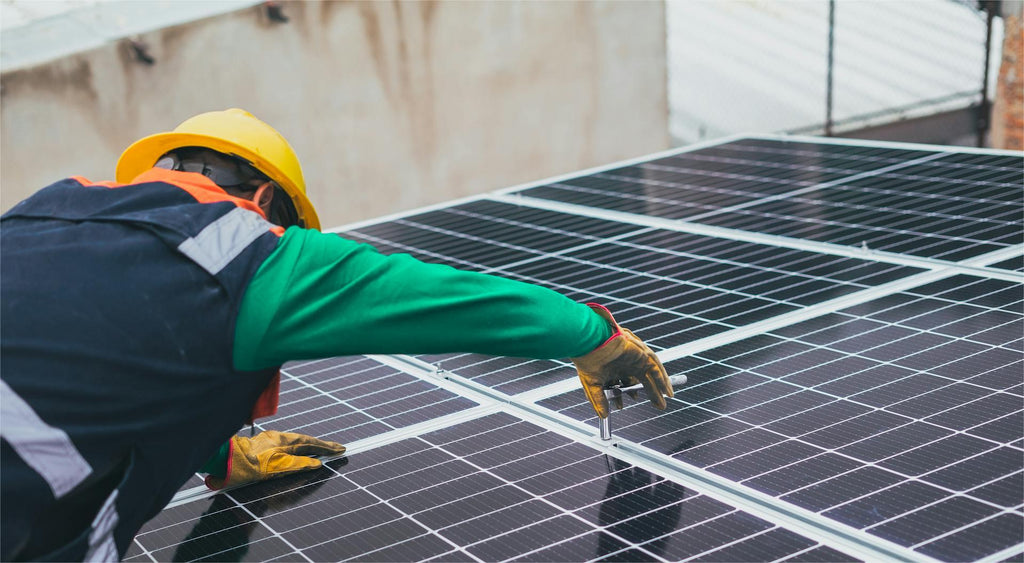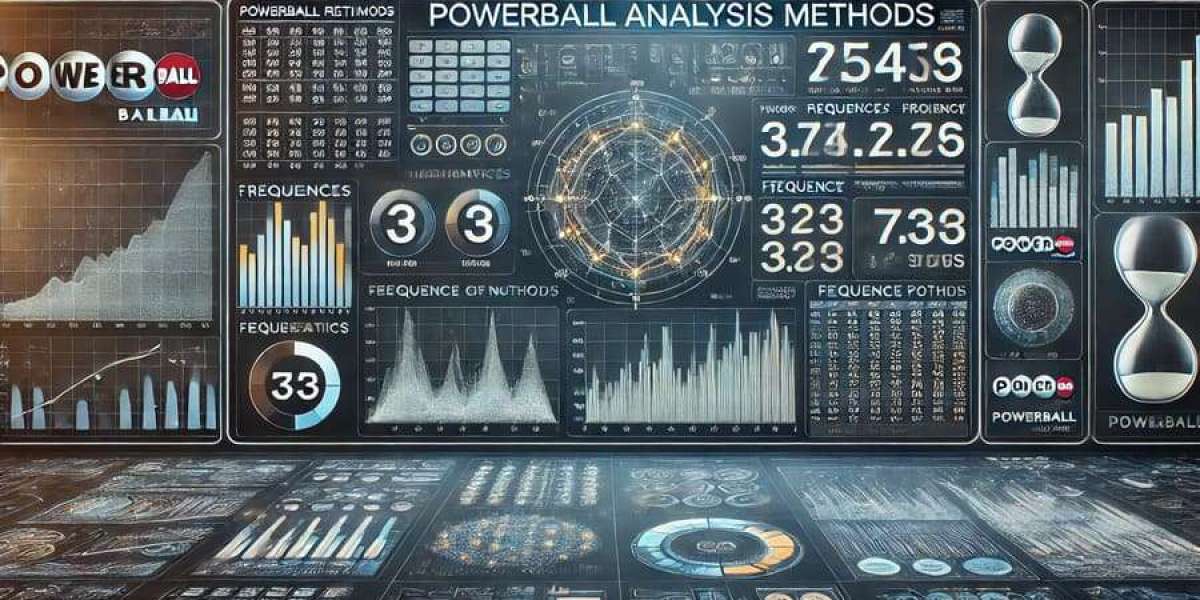Solar inverters are crucial components of photovoltaic systems, converting direct current (DC) generated by solar panels into alternating current (AC) for household use. To ensure their longevity and efficiency, proper solar inverter maintenance is essential. Here, we present 10 essential tips for longevity that will help you keep your solar inverter in optimal condition.

1. Regular Visual Inspections
Conducting regular visual inspections of your solar inverter is vital. Look for any signs of wear, corrosion, or damage. Are there any loose connections or exposed wires? Addressing these issues promptly can prevent more significant problems down the line.
2. Keep the Area Clean
Debris, dust, and dirt can accumulate around your inverter, affecting its performance. Ensure the area is clean and free from obstructions. This simple step can significantly enhance the efficiency of your solar inverter.
3. Monitor Performance Metrics
Most modern solar inverters come equipped with monitoring systems. Regularly check performance metrics such as energy output and efficiency. If you notice any significant drops, it may indicate a need for maintenance or repairs.
4. Ensure Proper Ventilation
Inverters generate heat during operation. Adequate ventilation is crucial to prevent overheating. Ensure that the inverter is installed in a well-ventilated area, away from direct sunlight and heat sources. If the inverter is overheating, it may lead to reduced efficiency or even failure.
5. Schedule Professional Maintenance
While DIY maintenance is beneficial, scheduling professional maintenance at least once a year is advisable. Professionals can conduct thorough inspections and perform necessary repairs that may not be apparent to the untrained eye.
6. Update Firmware Regularly
Keeping your inverter's firmware updated can enhance its performance and security. Check the manufacturer's website for updates and follow their instructions for installation. This practice can help you avoid potential issues and ensure your inverter operates efficiently.
7. Check for Warranty and Service Agreements
Understanding your inverter's warranty and service agreements is crucial. What does the warranty cover? Knowing this can help you make informed decisions regarding repairs and replacements, potentially saving you money in the long run.
8. Protect Against Power Surges
Power surges can damage your solar inverter. Consider installing surge protection devices to safeguard your system. This precaution can prevent costly repairs and extend the lifespan of your inverter.
9. Keep an Eye on the Environment
Environmental factors such as extreme temperatures and humidity can affect your inverter's performance. If you live in an area with harsh weather conditions, additional protective measures may be necessary to ensure longevity.
10. Document Maintenance Activities
Keeping a detailed log of all maintenance activities can be beneficial. Documenting inspections, repairs, and performance metrics provides valuable insights into your inverter's health and can assist professionals during servicing.
In conclusion, effective solar inverter maintenance is essential for ensuring the longevity and efficiency of your solar energy system. By following these 10 essential tips for longevity, you can maximize your inverter's performance and enjoy the benefits of renewable energy for years to come. For more detailed information, visit this link.








